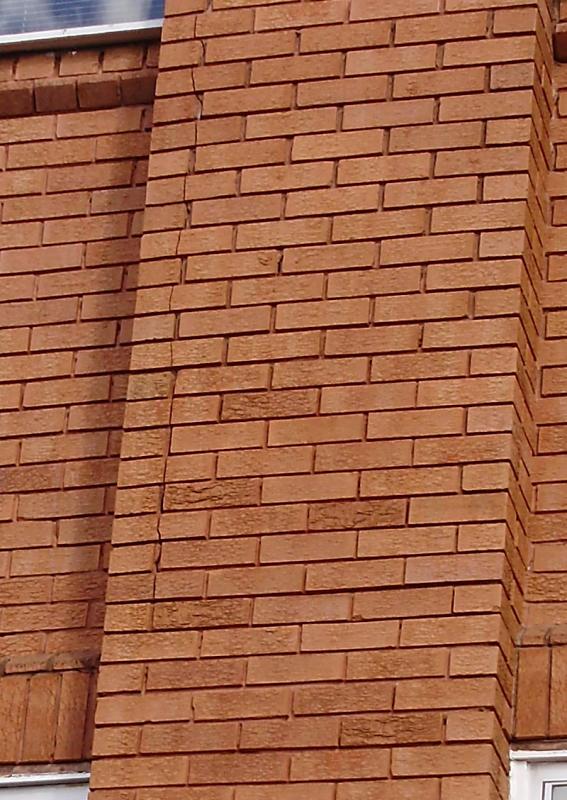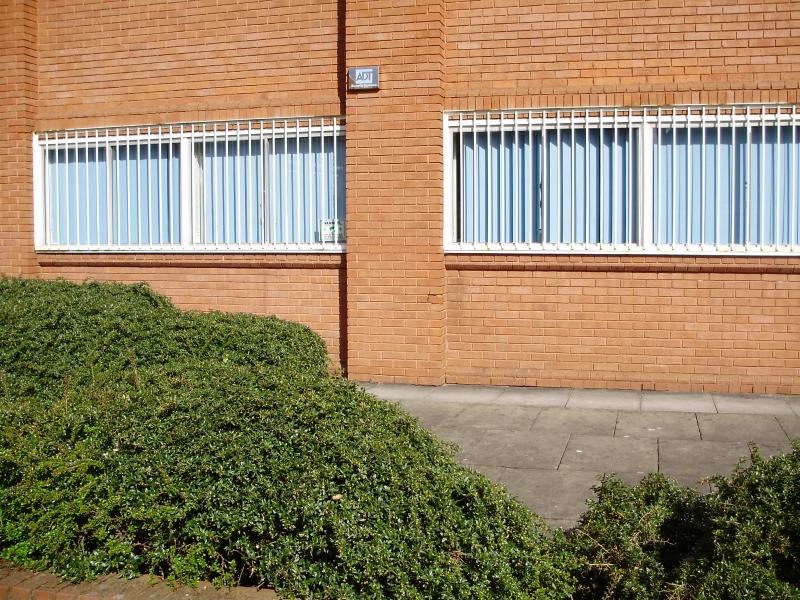According to BS 5628 Part 3:2001 Appendix B4, Table B1, fired clay brick has a coefficient of thermal expansion of between 4 and 8 x 1/10^6 per deg C.
If we take atemperature range of, say, 15 deg C (ie 5 deg to 20 deg) 1 brick will expand at most by;
8 x 215 x 15/10^6 = 0 0258mm.
According to BS 1256 (Testing of clay bricks) the irreversible expansion of a London clay brick from 3 - 128 days is 0.03%. So a London brick will expand by;
215 x 0.03/100 = 0.0645mm.
Therefore the long-term expansion is more significant than the cyclical expansion due to temperature fluctuations.
If we take atemperature range of, say, 15 deg C (ie 5 deg to 20 deg) 1 brick will expand at most by;
8 x 215 x 15/10^6 = 0 0258mm.
According to BS 1256 (Testing of clay bricks) the irreversible expansion of a London clay brick from 3 - 128 days is 0.03%. So a London brick will expand by;
215 x 0.03/100 = 0.0645mm.
Therefore the long-term expansion is more significant than the cyclical expansion due to temperature fluctuations.




